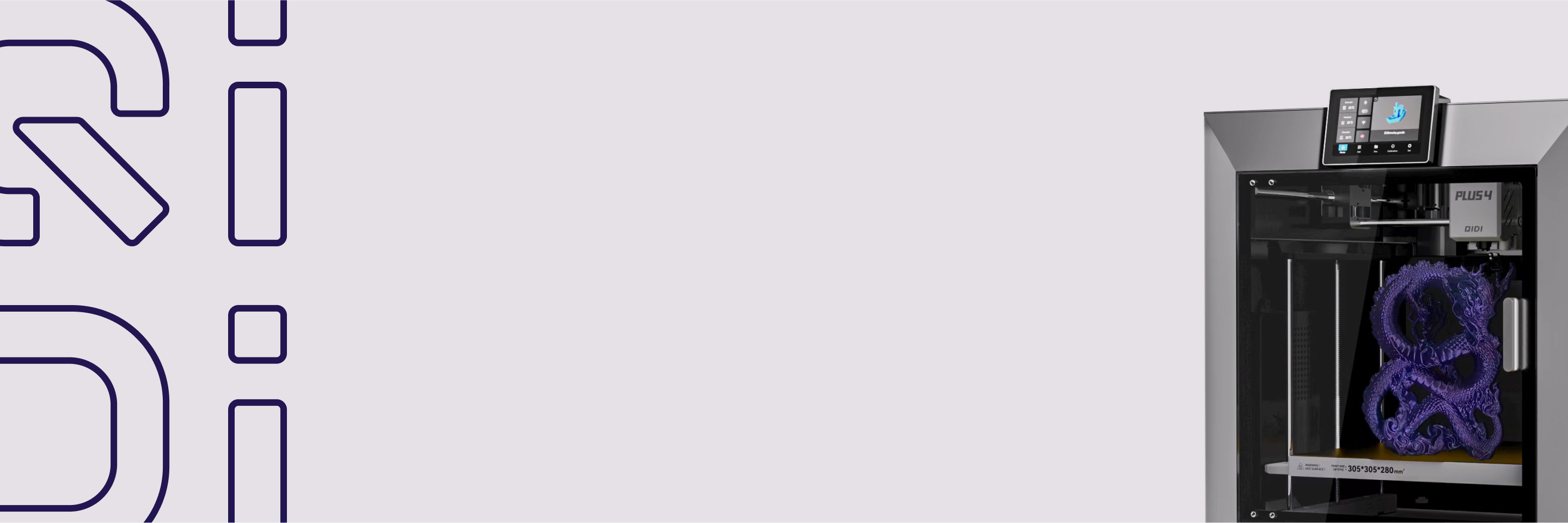Hvor meget koster en 3D -printer?
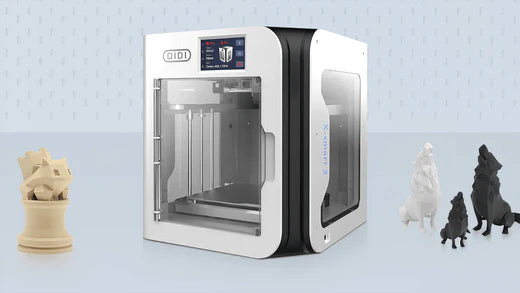
3D-printning er attraktivt for både iværksættere, designere, hobbyfolk og STEM-undervisere. I takt med at mulighederne for prisvenlige 3D-printere til stationære computere fortsætter med at udvikle sig, undersøger flere og flere mennesker muligheden for at anvende additiv fremstilling. Med maskiner, der nu kan printe i forskellige plasttyper, metaller, keramik og endda fødevarer, synes mulighederne uendelige. Men med så mange modeller og teknologier, der nu er tilgængelige i vidt forskellige prisklasser, opstår der forvirring omkring budgettering af din første 3D-printer. Denne guide gennemgår de involverede udgifter og funktioner for at hjælpe med at vælge den rigtige printer baseret på individuelle behov og budget.
Et hurtigt overblik:
| Printertype | Koste | Byggevolumen | Funktioner |
|---|---|---|---|
| FDM på begynderniveau | <$300 | Lille | Grundmodeller, gør-det-selv-sæt |
| Mellemklasse FDM | 400 kr. - 1.000 kr. | Medium | Forbedret pålidelighed, støtte fra lokalsamfundet |
| Avanceret FDM/SLA | 1.000 kr. - 4.000 kr. | Stor | Høj kvalitet, avancerede materialer |
| Kommerciel | Fra 3.000 dollars | Variabel | Produktionskvalitet, lukkede kamre |
| Industriel SLS/DMLS | Fra $50.000 | Stor | Højpræcisions industrielle materialer |
3D-printteknologier: FDM vs. SLA vs. SLS
Der findes adskillige additive fremstillingsteknologier, hver med sine egne afvejninger omkring pris, delkvalitet og egnede anvendelser.
Begynderniveau: FDM-trykning
Sammensmeltet depositionsmodellering (FDM) ekstruderer opvarmet termoplastfilament i lag for at opbygge print. De fleste hobbyprintere bruger denne sikre, tilgængelige og overkommelige teknologi med de bredeste materialemuligheder som ABS, PLA og fleksibel TPU. FDM 3D-printere har dog mere begrænset præcision og overfladekvalitet.
Professionel: SLA-trykning
Stereolitografi (SLA) størkner flydende harpiks til hærdet plastik ved hjælp af en ultraviolet laser. Den glatte overfladefinish og fine detaljer fra SLA-printere fungerer bedre til fremstilling af prototyper, smykkestøbningsmønstre eller tandudstyr. Imidlertid SLA-printere og lysfølsomme harpikser er fortsat dyrere end basal FDM.
Industrielt: SLS-tryk
Selektiv lasersintring (SLS) bruger en højtydende laser til at smelte pulveriseret nylon, keramik og metaller. Pulverlejeprocessen muliggør komplekse interne geometrier uden støttestrukturer. Industrielle SLS-printere er ekstremt præcise og starter ved omkring $50.000. Lignende systemer med direkte metallasersintring (DMLS) gør det muligt at producere metaldele i små serier på en let sekscifret pris.
Der findes yderligere 3D-printmetoder, som f.eks. materialejetting, der kan blande farver på print. Vi vil fokusere på de mest almindelige og økonomiske teknologier, der er egnede til virksomheder og forbrugere her.

Nøglefaktorer, der påvirker 3D-printeres prisfastsættelse
Flere vigtige overvejelser ud over blot den vejledende udsalgspris (MSRP) påvirker de samlede omkostninger ved at eje og drive en 3D-printer:
Udskriftskvalitet og tolerancer
Industrielle printere kan prale af en præcision på inden for 0,1 mm, mens forbrugermaskiner i gennemsnit har en nøjagtighed på omkring 0,5 mm. Prototyping kræver lavere tolerancer.
Byggevolumen
Større maksimale printstørrelser tillader større dele, men printerrammen koster mere. Mellemklasseprintere rammer en balance på omkring 6-9" kubikcentimeter byggeareal.
Driftsomkostninger og vedligeholdelse
Printere på begynderniveau kan springe kalibrering over og håndtere filament Papirstop lettere med mindre rod og farer. Industriprintere er dog bygget til produktion døgnet rundt på trods af højere omkostninger.
Betjening og software
Touchskærme og indbygget slicing muliggør separat brug uden behov for en pc. Men softwareabonnementer koster penge for kommercielle pakker, der understøtter avancerede indstillinger.
Garantier og teknisk support
Samlede mærkeprintere tilbyder 1 års garanti og kendt god eftersalgssupport for at retfærdiggøre udgiften i forhold til unavngivne importvarer. Overvej langsigtede omkostninger ud over blot de indledende priser, når du investerer.

Prisinterval for 3D-printere til hjemmebrug
Med priser fra blot $100 til over $100.000 forhindrer realistiske forventninger, der er skræddersyet til applikationens behov, at man bruger for meget på funktioner, man måske sjældent bruger. Her er en oversigt over prissegmenter på 3D-printermarkedet:
Desktopprintere til begyndere
Detailhandel under $300, disse ultra-overkommelige maskiner er gode starterenheder. De små byggevolumener på omkring 3 til 5 tommer terninger er velegnede til print af nipsgenstande, hobbyprojekter eller skoleopgaver. Forvent manuel kalibrering og begrænsede materialemuligheder, men meget lav risiko ved at prøve at udforske 3D-printning.
Mellemklasse Prosumer-printere
I prisklassen $400 til $1.000 findes der alsidige maskinerDe mellemstore byggevolumener fra 5 til 9 tommer kan håndtere nyttige udskrifter. Forvent pålidelig ydeevne til prisen med fremragende fællesskabsstøtte. Mange prosumere tilpasser og opgraderer også deres printere.
High-End Prosumer-printere
En stigning fra $1.000 til $4.000 køber større prosumer-maskiner med dobbelt ekstrudering, robuste metalrammer og fleksibilitet med materialer fra PLA til fleksible materialer. Nogle tilbyder endda udskiftelige printhoveder til at bruge SLA-resinprintmoduler. De høje priser retfærdiggør forbedret plug-and-play-pålidelighed.
Kommercielle 3D-printere og deres omkostninger
Ud over grundlæggende FDM-funktioner tilbyder dedikerede kommercielle 3D-printere, der er klassificeret til konstant daglig brug, specialiserede funktioner til højere budgetter.
Kommercielle trykkerier
Omkring segmentet $3.000+ er her printere, der er designet specifikt til små virksomheder og industrielle applikationer, starter. Forvent lukkede kamre for stabile temperaturer, optimerede softwarepakker og lange driftscyklusser med konstant uovervåget udskrivning. Byggekvaliteten kan klare daglig produktionsbrug med servicekontrakter eller vedligeholdelse på stedet.
Industrielle produktionssystemer
På det avancerede produktionsniveau, Investeringsomkostningerne for kommercielle 3D-printere måles i området 100.000 til millionerMen de muliggør volumenproduktionsapplikationer som massetilpassede slutprodukter, fabriksværktøj og produktion af varer med høj margin, der opnår et hurtigt investeringsafkast i stor skala. Deres eksponentielle omkostninger giver kun økonomisk mening efter grundigt at have retfærdiggjort et betydeligt tilbagevendende indtægtspotentiale fra specialiserede produktionsnicher.
Yderligere omkostninger at overveje
Ud over faktiske 3D-printerpriser, færdiggørelse af et helt funktionelt system medfører også yderligere omkostninger:
Slicer-software med opdateringer
Mens open source-slicere er frit tilgængelige, kommercielle softwaremuligheder Tilføj understøttelse af avancerede kontroller. Opretholdelse af kompatibilitet med firmwareopdateringer bør også overvejes, når man budgetterer for ejerskab over årene.
Printfladeoverflader og klæbemidler
Specielle belægninger som f.eks. PEI-film ($30-$60) forbedrer i høj grad vedhæftningen af det første lag for visse materialer som PETG eller nylon for at undgå dyre, mislykkede print mellem print. Forvent udskiftning af forbrugsvarer.
Forbrugsvarer til filamenter og harpiks
Med materialepriser, der spænder fra budget PLA til ~20 dollars pr. kilogram til specialfilamenter på op til 65 dollars+ pr. kilogram, inklusive driftsomkostninger. Harpikser til SLA-printere er dog blevet billigere og mere tilgængelige.

Sådan vælger du den rigtige 3D-printer til dine behov
Selvom den indledende investering i en 3D-printer kun er begyndelsen, forhindrer valg af en passende hastigheds- og budgetmaskine samt undgåelse af unødvendige overdrevne funktioner spildte udgifter og frustration:
- Evaluer de nødvendige byggevolumener til dine forventede applikationer og delstørrelser. Overvurderede platforme optager mere plads og omkostninger.
- Prioritér sikkerhed og pålidelighed, hvis du printer omkring børn. Lukkede kamre hjælper her.
- Hvis der skal printes visuelle prototyper med meget høje detaljer, tilbyder SLA-harpikser den bedste æstetik.
- Kun industrielle metalprintere giver økonomisk mening, når produktionsvolumen retfærdiggør omkostningerne.
For at opnå mest værdi kræver det en klar definition af primære anvendelser og realistiske specifikationer, der er nødvendige, i stedet for impulskøb af den største og dyreste enhed. Lad faktisk erfaring påvirke fremtidige opgraderinger eller tilføjelser efter at have identificeret uundværlige aspekter versus rare funktioner, der næsten ikke udnyttes.
Fremtidsudsigter for tendenser inden for overkommelighed
Ligesom pc'er og senere mobiltelefoner udviklede sig, 3D-printere følger pristendenserne inden for elektronik drager fordel af standardiserede modulære komponenter bygget hos stordriftsfordeleDIY RepRap-fællesskabets etos kommodificerede også open source-design til gavn for forbrugerne. Med patentudløb og stigende konkurrence mellem producenter falder priserne uvægerligt, hvilket giver mulighed for flere innovative funktioner, selv til lave omkostninger.
Smarte købere vinder mest ved at undgå de nyeste modeller fra den tidligste generation og i stedet købe Værdioptimerede printere i mellemklassen med dokumenteret pålidelighed. Efterhånden som gradvise forbedringer implementeres prædiktivt årligt, Dagens førende FDM- eller SLA-printere slutter sig i sidste ende til entry-level-prisniveauer inden længeAt vente på bare en enkelt produktgenereringscyklus giver betydeligt flere muligheder for din investering. Men overbelast ikke budgetterne med forventning om revolutionerende fremskridt lige ude i horisonten.
Find den rigtige printer!
For begyndere inden for 3D-printningUndgå at investere for meget på forhånd i avancerede printere, der overstiger erfaringsniveauet og de faktiske krav til dele. En beskeden start giver dig mulighed for sikkert at tilegne dig færdigheder ved hjælp af overkommelige og velunderstøttede maskiner på begynderniveau. Efterhånden som fortrolighed og mere ambitiøse projekter opstår, kan du gradvist opgradere til 3D-printere af højere niveau, der bringer de ekstra funktioner, der nu er relevante for behovene. Med tålmodighed og den rette support vil det være nemt og givende for både nye og erfarne brugere at finde den ideelle 3D-printer, der matcher behov og færdigheder.

 Q2
Q2
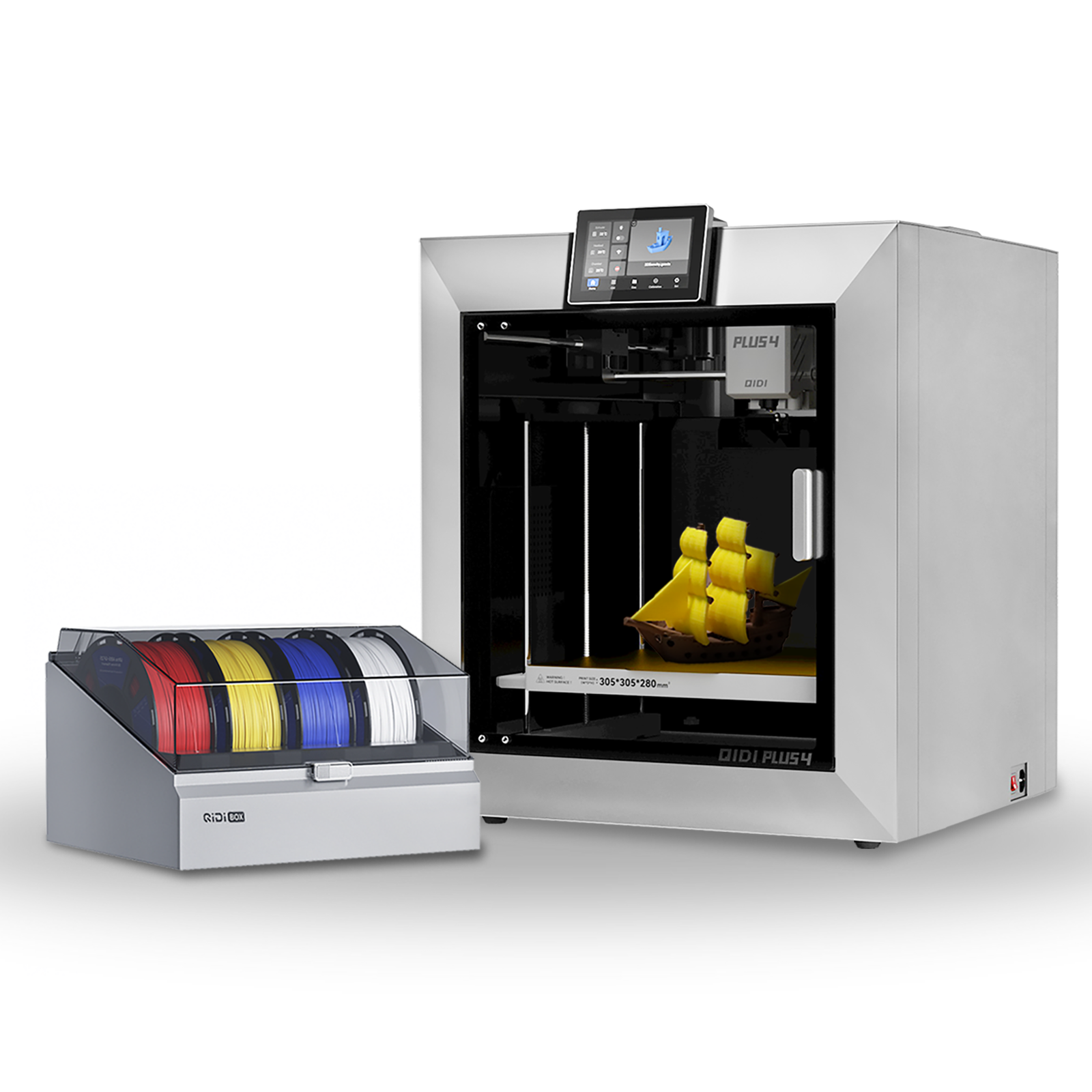 Plus4
Plus4
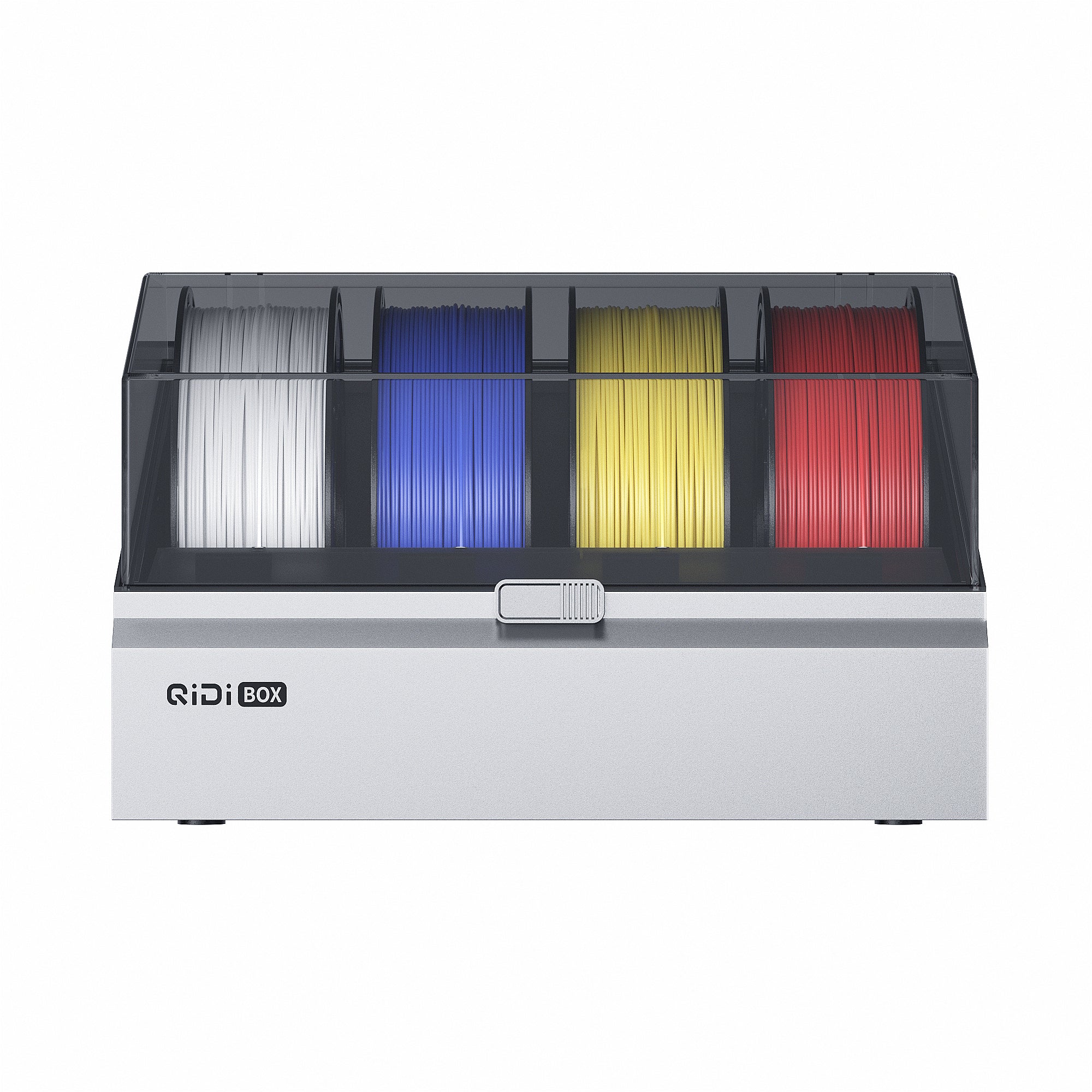 Qidi Box
Qidi Box
![[Qidi X-CF Pro, speziell für den Druck von Kohlefaser und Nylon entwickelt] - [QIDI Online Shop DE]](http://eu.qidi3d.com/cdn/shop/files/3034a1133efe01daba919094b70c6310.jpg?v=1750300120) Q1Pro
Q1Pro
![[Qidi X-CF Pro, speziell für den Druck von Kohlefaser und Nylon entwickelt] - [QIDI Online Shop DE]](http://eu.qidi3d.com/cdn/shop/products/X-MAX3-3D-Printer-02.png?v=1750300138) Max3
Max3
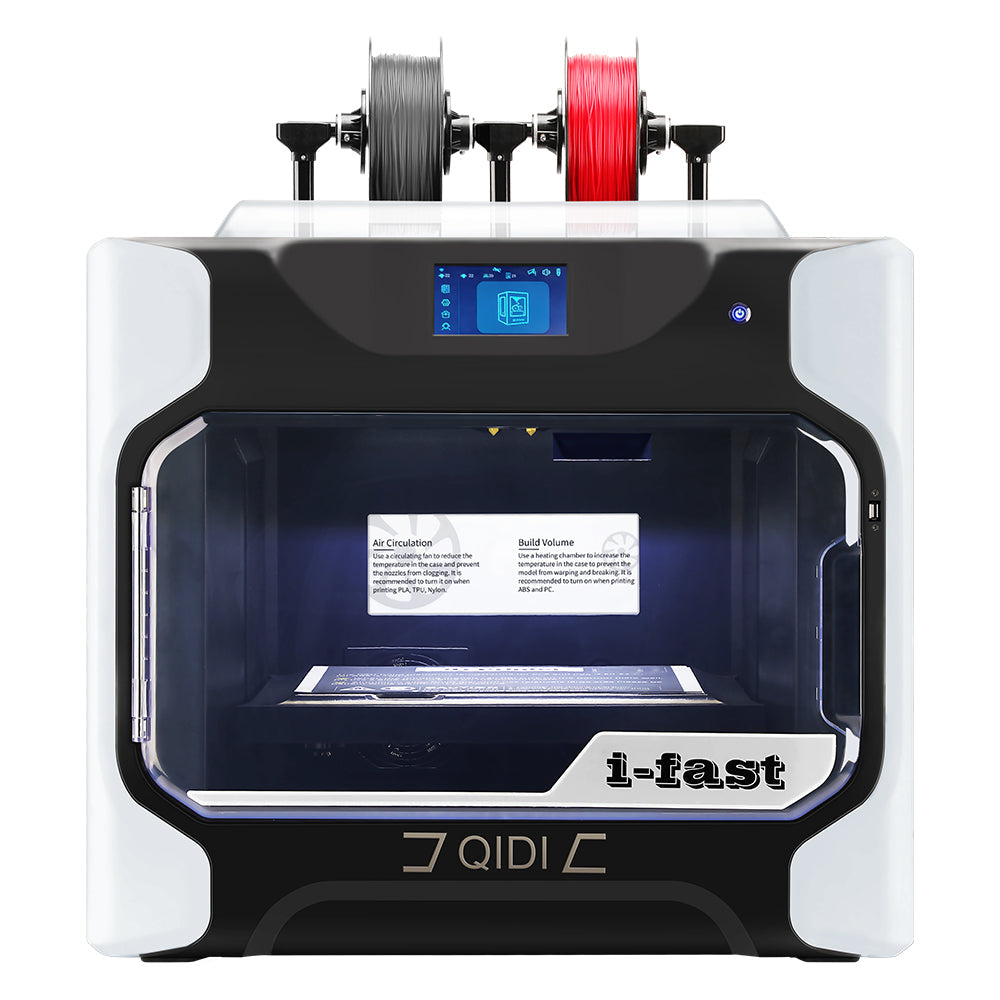 I-Fast
I-Fast
